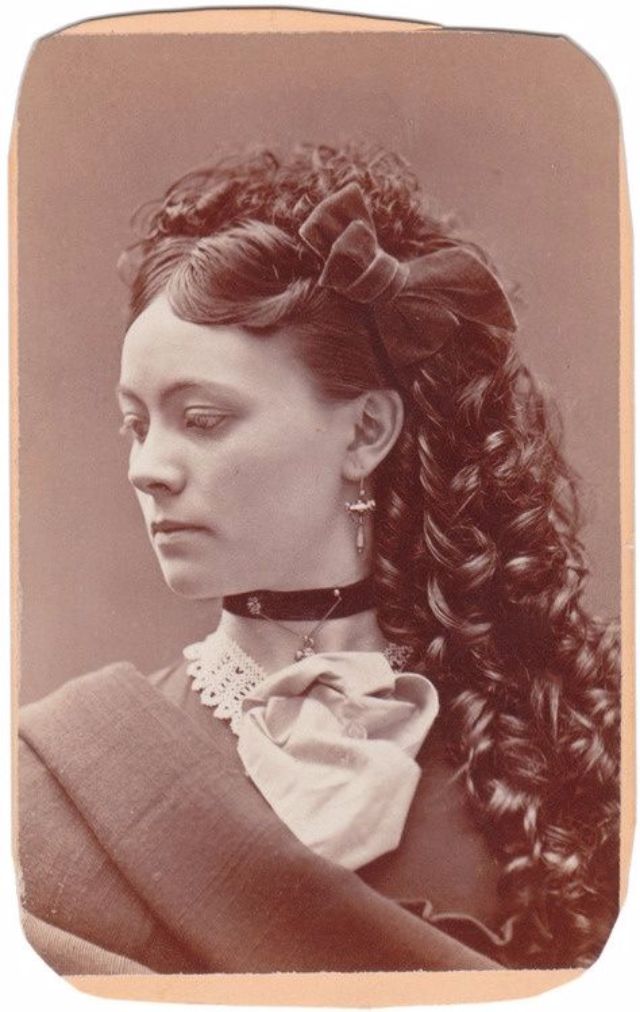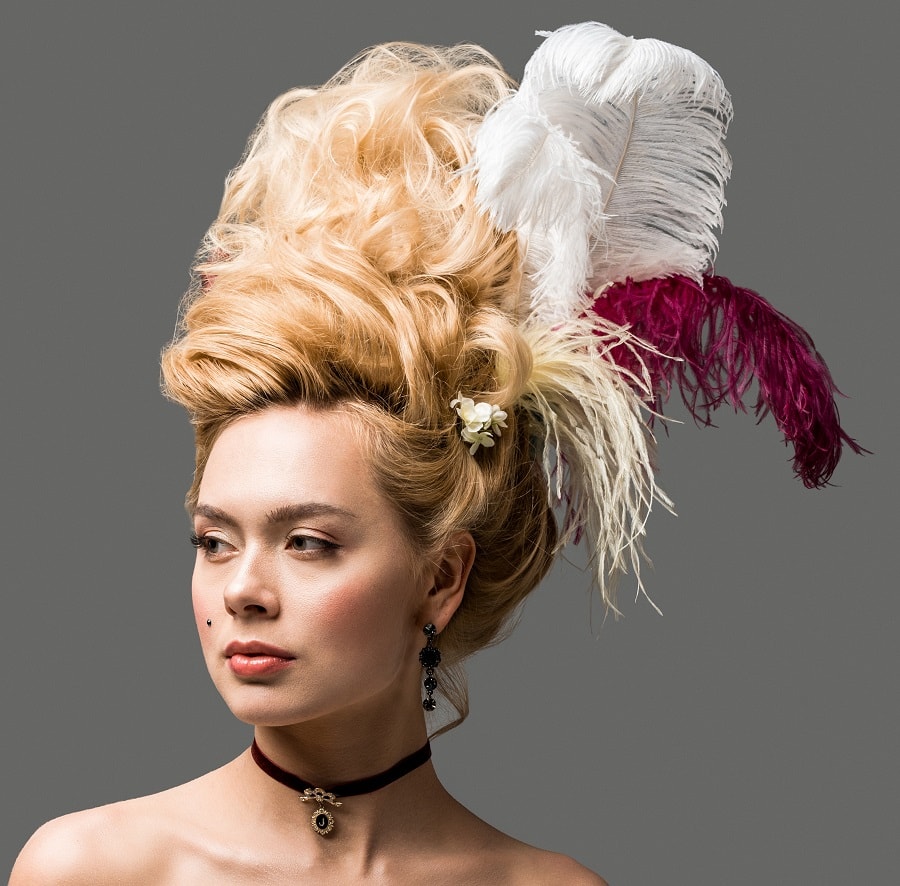Here’s A Quick Way To Solve A Info About Women's Hairstyle Of The 1800s Cute Aesthetic Hair Clips

The part has been used for hundreds of years as a method of styling the hair, and during the 1800s, it was.
Women's hairstyle of the 1800s. A modern take emerge emerge glow off oil serum go to product 8. As a result, it was typical for women to wear their hair in natural curls or braids. In the early 1800s, women's hairstyles were influenced by greek and roman classical ideals.
Inspiring 1800s hairstyles 1. Hair dye was commonly available in the 1800s for both men and women. They began shaking off the constraints of sleek updos and tightly confined looks opting for a much more flowing style.
As for accessories, headbands and. In the 19th century, hair styling methods were quite different from what we see today. Find out more here.
While facial hair for men wasn’t acceptable until the. All pinned up dove dove style+care compressed extra hold hairspray no sellers foundno sellers found 6. Victorian fashion history 17 jan 2022 victorian hairstyles spanned the 1840s to 1890s.
What were the hairstyles of women like in 1900? Read on to discover our guide to women’s hairstyles through history: Accessories such as combs, pearls, hats and bonnets each had their time in the spotlight throughout the 1800s.
Her hair was of wavy or curly texture. What were the hair styling methods used by people in the 1800s? Most women of the victorian era wore hairpieces, be it a set of curls or a comb with hair added to it.
Women like brigitte bardot and catherine deneuve catapulted french hairstyles into the mainstream in the ’50s, ’60s, and. Updos and buns were in full swing during the 1800s, and women of that era mainly focused on. Each decade had a certain style for the wealthy classes involving hair parts, braids+, rolls, buns, and decorative accessories.
The most common styling techniques were finger waves, pin curls, braids and teasing or ruffing (teasing with a brush). Different twists, braids, and curls were added to embellish the styles. Women, during the victorian era, liked their hair to be healthy, glossy, soft, and smooth.
The hairstyles symbolized elegance and dignity. Combs, brushes, and rag rollers were the tools most commonly found, and hair products consisted of waxes, pomades, and lotions. As the flapper era approached women were in transition from the huge, gibson girl hairstyles of the 1900s and the shorter hair to come.
Miss grace sutherland, part of a singing troop of sisters who were well known for their extremely long hair. Women’s hairstyles were elaborate and often involved intricate braiding, curling, and the use of various accessories like combs, ribbons, and flowers. In 1900, women’s hairstyles were typically characterized.


















